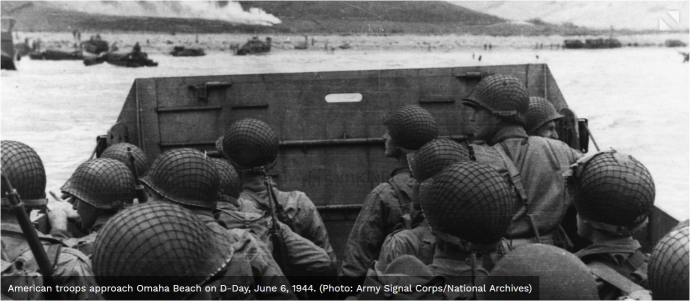National Review Editor’s Note: The Following is the first in a series of excerpts adapted from Victor Davis Hanson’s new book The Second World Wars. It appears here with permission.
World War II traced the contours of previous conflicts to an endpoint of unprecedented death and destruction.
Some 60 million people died in World War II.
On average, 27,000 people perished on each day between the invasion of Poland (September 1, 1939) and the formal surrender of Japan (September 2, 1945) — bombed, shot, stabbed, blown apart, incinerated, gassed, starved, or infected. The Axis losers killed or starved to death about 80 percent of all those who died during the war. The Allied victors largely killed Axis soldiers; the defeated Axis, mostly civilians.
More German and Russian soldiers were killed in tanks at Kursk (well over 2,000 tanks lost) than at any other battle of armor in history. The greatest loss of life of both civilians and soldiers on a single ship (9,400 fatalities) occurred when a Soviet submarine sank the German troop transport Wilhelm Gustloff in the Baltic Sea in January 1945.
The costliest land battle in history took place at Stalingrad; Leningrad was civilization’s most lethal siege. The death machinery of the Holocaust made past mass murdering from Attila to Tamerlane to the Aztecs seem like child’s play. The deadliest single day in military history occurred in World War II during the March 10, 1945, firebombing of Tokyo, when 100,000 people, perhaps many more, lost their lives. The only atomic bombs ever dropped in war immediately killed more than 100,000 at Hiroshima and Nagasaki together, most of them civilians, while tens of thousands more ultimately died and were maimed from radiation exposure. World War II exhausted superlatives. Its carnage seemed to reinvent ideas of war altogether.
Yet how, why, and where the war broke out were familiar factors. The sophisticated technology and totalitarian ideologies of World War II should not blind us to the fact that the conflict was fought on familiar ground in predictable climates and weather by humans whose natures were unchanged since antiquity and thus who went to war, fought, and forged a peace according to time-honored precepts.
Read more: National Review

